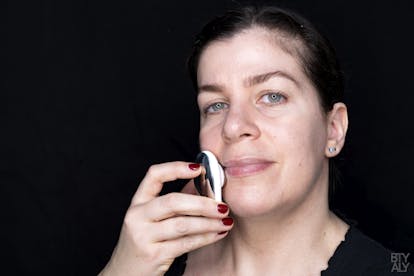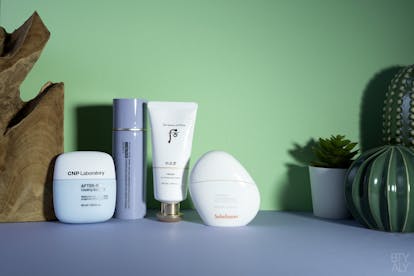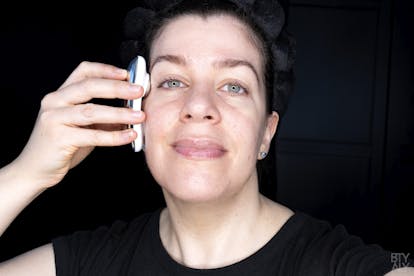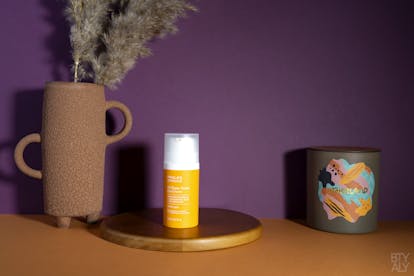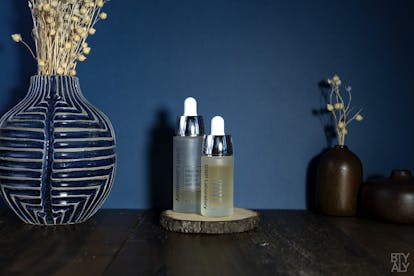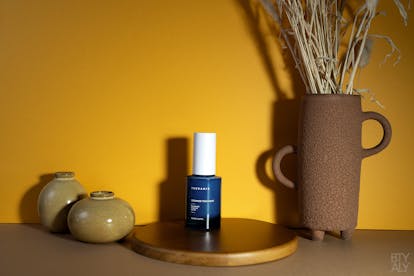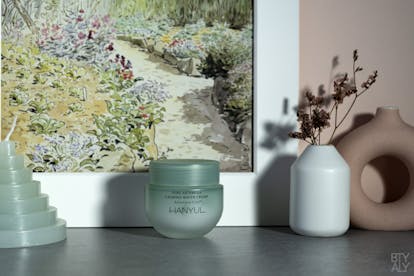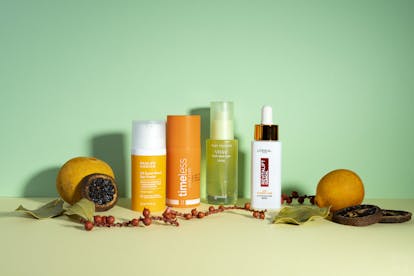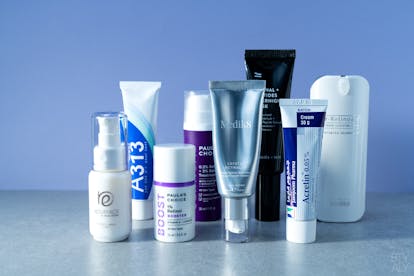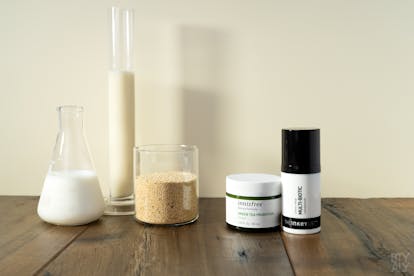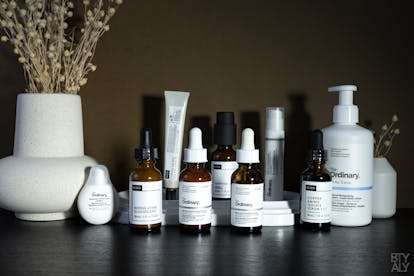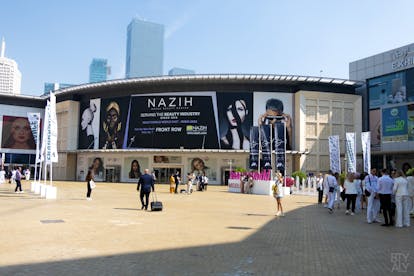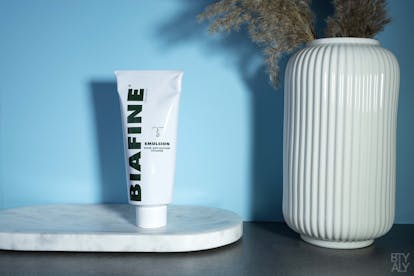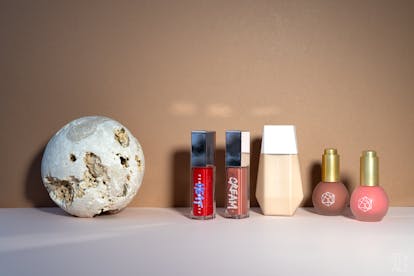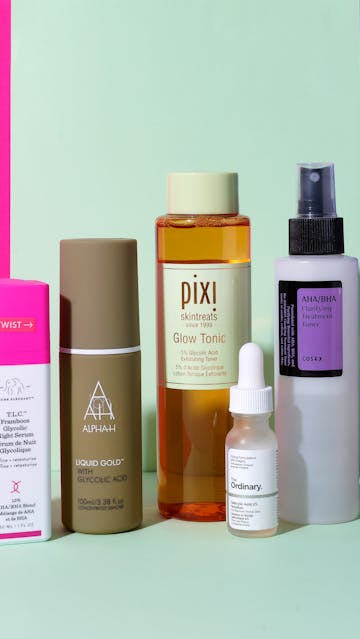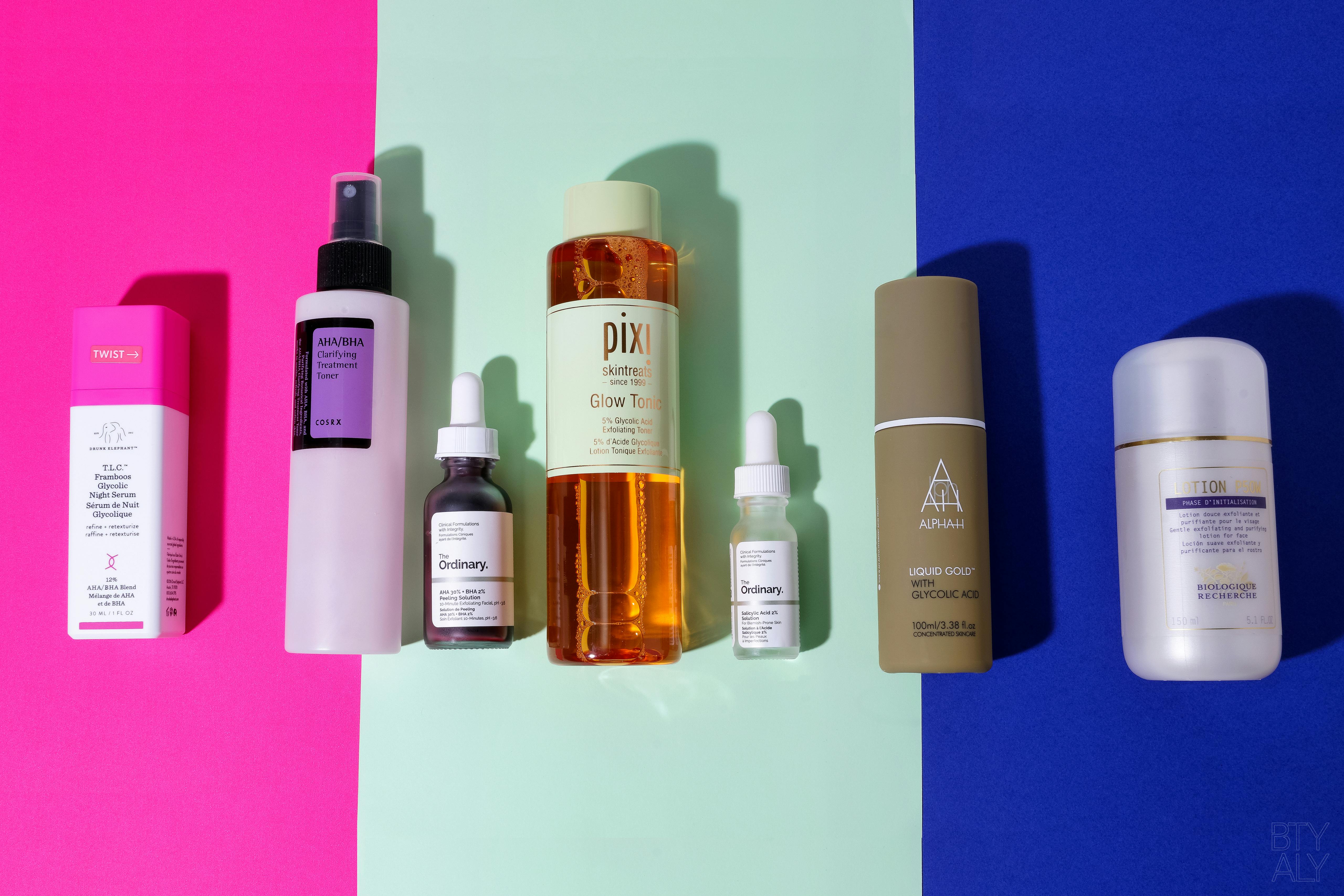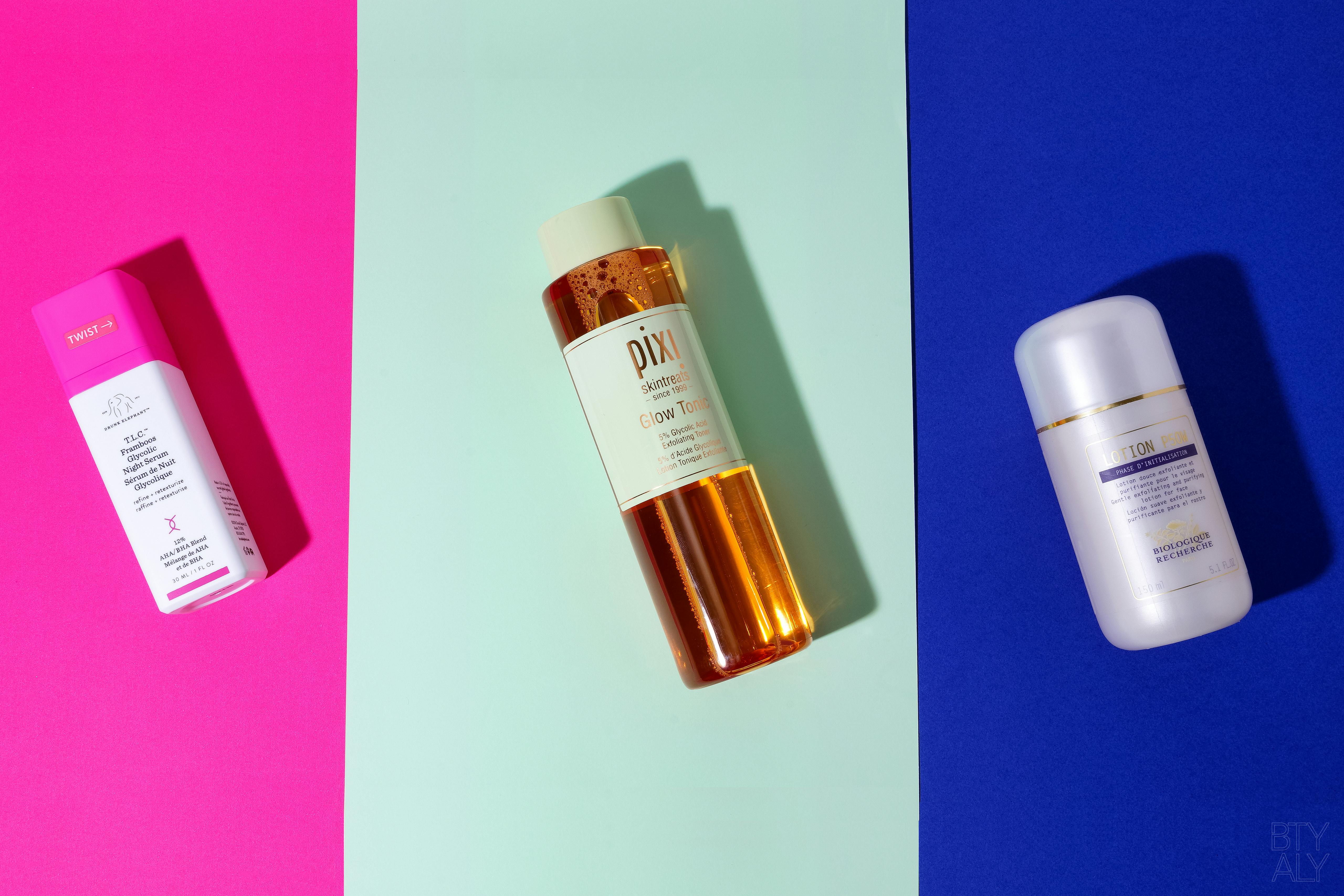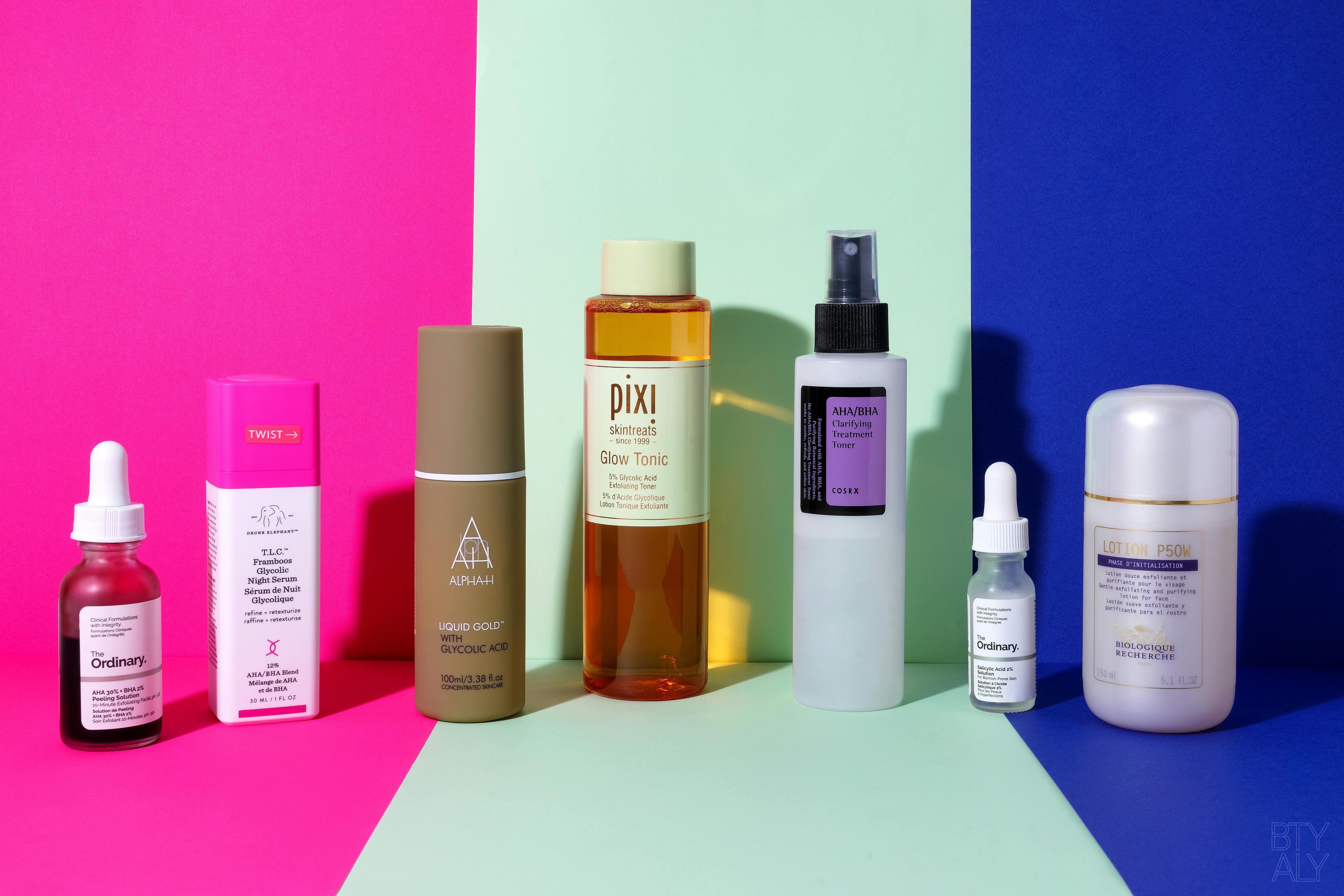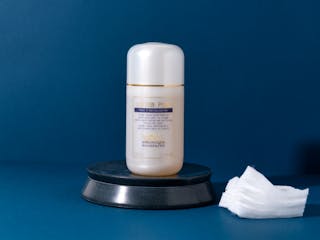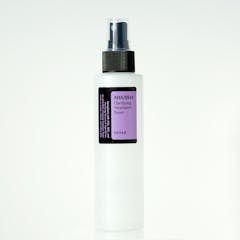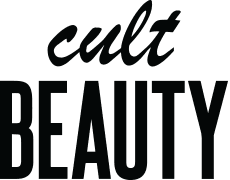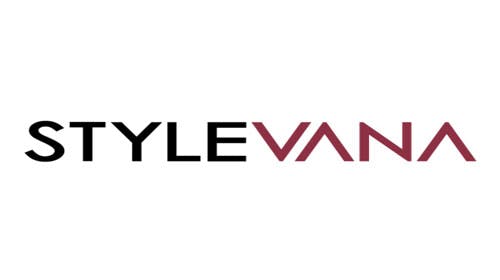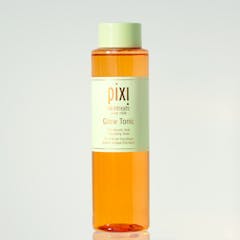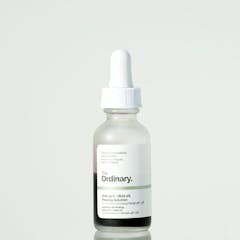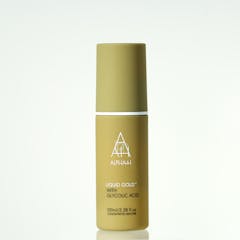At a glance
Exfoliating acids can be scary because they’re supposed to be irritants for the skin. However, all skin types can use them, even the most sensitive ones. You just need to choose the appropriate acids for your skin and know how to apply them according to your skin needs, and the result will be a radiant complexion!
Some cosmetic ingredients are notoriously great to give your skin a true glow from within. And exfoliating acids are definitely amongst these ones
Acids are known to accelerate cell renewal and to be very effective anti-aging ingredients.
However, they can be a little bit scary, especially if you have a very sensitive skin, because they have the reputation of being quite irritating, photo-sensitizing and complicated to use.
In France, where I come from, exfoliating acids, that we called “fruit acids” don’t have the best reputation. But in the rest of the world, probably thanks to the influence of US dermo-cosmetic brands, they’re seen as very effective anti-aging ingredients and are raved about by skincare addicts.
I personally think that all skin types can benefit from using exfoliating acids, even the most sensitive ones. You just need to choose the right acids for your skin and follow a few simple rules and you will definitely see the difference on your skin!
Exfoliating acids have been part of my skincare routine for over 10 years. I first used them as a treatment 2 or 3 times a year for a few weeks but recently, I started to use them more frequently. I’m definitely an “acids-convert” (obviously, I talk about cosmetic acids, because drugs are bad, people! ;)).
So let’s see how these great ingredients work and what their benefits are for your skin:
Why exfoliate your skin:
The skin is a living organ. It’s composed of skin cells that renew themselves up to the surface of the skin. When they reach their destination, they become flat and detach themselves: it’s called the desquamation of skin cells. The renewal time of these skin cells is about one month but with age, it slows down and the dead cells accumulate on the surface. The texture of the skin becomes thicker, leaving it look duller.
Exfoliation allows a regular and uniform renewal of the stratum corneum. It acts as a sort of “detox” by ridding the upper layer of the skin of dead cells that would otherwise asphyxiate and dull it.
A non-exfoliated skin is a duller skin, where pores can easily get clogged (which can cause acne in some cases, if the hormones get in the mix). Pollution, sebum, impurities remain on the surface, they dull and age the skin and prevent it from looking fresh and glowy.
The skin also appears dry and rough, the wrinkles look deeper and the complexion isn’t even (one speaks of a skin with “texture”).
That’s why exfoliating your skin regularly, or even daily if you can, helps to keep a radiant, fresh complexion and a much younger looking skin.
In short, regular exfoliation allows to:
– rid the skin of dead cells,
– ensure a better cell renewal,
– boost the collagen production,
– helps to improve the absorption of moisturizing and/or anti-aging ingredients applied after,
– even and smooth the skin for a brighter appearance,
– soften the skin thanks to the humectant/hydrating effect of the acids,
– reduce hyperpigmentation, fade acne scars & brown spots and unify the complexion.
How to exfoliate your skin:
There are two types of exfoliation: physical exfoliation and chemical exfoliation.
– physical exfoliation (= scrubs):
The mechanical scrubs are used to rub the skin, to polish and smooth it and they eliminate the dead skin cells. They exist in the form of gels or creams containing small abrasive grains (or beads). These small grains are either synthetic (beads made of polyethylene for example) or natural (crushed fruit cores, sugar, salt…).
There also are peeling gels, which, when they dry, are eliminated with the fingertips by lightly rubbing the skin. These are also physical exfoliants.
– chemical exfoliation (= acids, peeling):
With them, no need to rub. These products are serums, gels, creams or lotions and they act on the skin with a chemical removal of the dead cells.
They contain keratolytic ingredients (= acids or AHA, BHA, PHA), which have an effect on the intercellular cement of skin cells. They basically soften the top layer of the skin to remove the dead cells. For these ingredients to be more effective, they must be added in a cosmetic formula that has an acidic pH (less than 4).
Exfoliating acids often go a little bit deeper than the top layer of the skin and eliminate the first layer of skin cells as well. Their action is more or less powerful according to the concentration of these acids. This elimination of the skin cells helps also to stimulate the cellular renewal, with a “new skin” effect, ideal for more mature skin that has a slower cell regenerating time.
The different exfoliating acids:
Fruit acids or AHA, BHA and PHA, all these components are hydroxylated acids (= their chemical name). These are molecules naturally present in fruits, milk, the human body… The acids used in cosmetics are either extracted from milk or plants or produced artificially by synthesis.
These acids are divided into three categories:
– AHA/ Alpha Hydroxy Acids
They are soluble in water and have keratolytic / exfoliating properties. They all help to eliminate dead cells and speed up cell renewal.
For which skin type?
AHAs have an effect on the surface of the skin and they are soluble in water. They are therefore generally more suitable for dry skin and / or with hyperpigmentation. They have an anti-aging effect and they’re also moisturizing.
The different AHAs:
– Glycolic acid:
Of all the AHAs, glycolic acid (which comes from sugar cane) is the most effective, because it has the smallest molecule, allowing it to exfoliate deeper into the skin. It refines the skin’s texture and gives radiance to the complexion. Glycolic acid also has a slight decreasing effect on the sebum production.
– Lactic acid:
It comes from the milk fermentation, but it’s also found in several fruits. It’s one of the mildest acids, so it’s ideal for the dry and sensitive skins. It’s an excellent natural humectant: it attracts water and keeps it in the skin.
– Malic acid:
It’s found in apples, pears, grapes. It’s often used in cosmetic formulas to rebalance their pH but on the skin, it also has moisturizing properties and it helps to stimulate the collagen production. It can penetrate deeply into the skin thanks to its small molecular size.
– Mandelic acid:
From the almond, it’s one of the softest AHAs because its molecular size is larger than other acids and therefore limits its ability to be absorbed deep into the skin. It acts more on the surface, and is therefore less irritating than other more intense acids. It also helps to reduce hyperpigmentation and even the complexion.
– Tartaric acid:
This one comes from the grape. This acid has antioxidant and anti-inflammatory properties.
– Citric acid:
It comes from citrus fruits. It’s mainly used for its brightening properties on brown spots and hyperpigmentation. It’s also astringent so it can also reduce the size of the pores.
Many cosmetics use several AHA in their formula, in order to combine their effects.
– BHA/ Beta Hydroxy Acid
There is only one BHA: salicylic acid. It comes from two plants, white willow, and meadowsweet. But the one used in cosmetics is usually synthetic.
It is liposoluble, which means that it dissolves in an oily substance. Concretely, on the skin, it means that it can penetrate into the pores and help eliminate comedones (or blackheads).
It also works as an exfoliant on the skin surface like the AHAs, but it also has an action inside the pores, so it’s great for oilier skin types.
– PHA/ Poly Hydroxy Acids
PHAs are the latest discovered acids. They’re as effective as AHAs and BHAs but they exfoliate more gently. They’ve got a rather large molecular weight so they act mainly on the surface of the skin and they also have an action on hyperpigmentation. They’re great moisturizing ingredients (= they retain the hydration of the skin). They are anti-inflammatory and have antioxidant properties, so they’re effective anti-aging ingredients.
For which skin types?
They’re perfect for sensitive skins that are struggling with AHA and BHA. But they’re basically suitable for all skin types.
The different PHAs:
– Lactobionic acid:
Derived from lactose, it’s moisturizing, antioxidant and soothing.
– Galactose:
It’s an ingredient found naturally in the deeper layers of the skin. It has a boosting effect on the production of collagen.
– Gluconic acid or gluconolactone:
Like galactose, it’s an ingredient available naturally in cutaneous cells. It’s an antioxidant and has anti-inflammatory properties.
How to use acids:
Products with exfoliating acids are very effective but require a few precautions:
– use them gradually, especially if you’re not used to using acids. At the beginning, prefer soft formulas, with a concentration not too high (you don’t want to start with a peeling concentrated at 30%!) And you can also apply them only a few times a week to start. Once the skin is more used to them, you can move on a higher concentration.
– moisturize your skin while you’re using acids. A poorly maintained skin will be more sensitive to acids and will benefit less of their action. So don’t forget to use your moisturizing serum during the treatment!
– very important: while using your acid treatment, you absolutely need to protect your skin from the sun (yes, even in winter) (and no, it’s non-negotiable!). Exfoliating acids are very effective to repair the UV rays damages but they, unfortunately, make the skin more sensitive to the sun. So don’t start your acid treatment in summer or if you decide to spend some time at the beach. You need to apply a sunscreen during the whole treatment (minimum SPF 20, ideally SPF 50 and yes, every day, even if it’s cloudy!).
– don’t apply your acids on wet skin. Wet skin leads to irritation with acids, so it’s better to let your skin dry before applying your product (at least a few minutes or even 30 minutes if you want to be sure).
– acids products are more effective on the skin with a low pH. So, ideally, it’s better to apply your acids just after cleansing (and drying) your face with a low pH cleanser. Applying other products in between is increasing your skin pH, and the acids are less effective.
– it’s usually recommended to wait until your acid product has dried before moving on to the rest of your routine. I usually wait for a few minutes (sometimes up to 20 minutes depending on the products I use) to allow the product to do its magic. And sometimes, I like to “rinse” it, with a spritz of thermal water to remove the dead cells exfoliated by the product before moving on to the rest of my routine. This is also something you can do if you have a very sensitive skin and you want to buffer the acids.
– it’s better to avoid using scrubs during the acid treatment. The skin is exfoliated enough, you don’t want to over exfoliate it.
– acids can be used all year-round if your skin is not sensitive and if you’re more than 35. For the more sensitive (and younger) skins, acids treatments twice a year, in spring and autumn, seems already a good start.
– you can apply an acid product morning and evening if your skin can take it, but it also depends on the concentration of the product. As long as you don’t forget to apply your sunscreen every day and your skin doesn’t show any signs of irritation, you’re fine. If you want to apply it only once a day, it’s usually recommended to do so the evening.
Product recommendations:
This product is my holy grail acid toner. Here is my detailed review of the Biologique Recherche P50W Lotion.
Cosrx is a Korean brand that I really like a lot. Their products are simple but effective and they’re not super pricey. Acids are highly regulated in South Korea, so their concentrations are never very high. The Korean acid products are usually quite soft. That’s the case with this lotion which can be applied every day.
It contains several AHA and BHA: 10% apple water containing malic acid, 10% willow bark water which is naturally acidic, 0.1% glycolic acid and 0.1% salicylic acid. The acids concentration is rather low. The pH is 3.9.
It helps to smooth the texture of your skin and give radiance to the complexion without being irritating. It’s a good product to try if you want to start using acids and/or if you have sensitive skin.
It usually retails between $10 and $20 depending on the retailers, for 150ml.
Like the previous toner, this one is a good first product to use if you want to start using exfoliating acids in your skincare routine. It contains 5% glycolic acid but also witch hazel and aloe vera, which are moisturizing and soothing ingredients. Its pH is around 4-5, which is quite high for a product of this type. Its exfoliating power is, therefore, a little bit limited.
Personally, I don’t use it anymore because I prefer higher acid concentrations but if you want a mild product, it’s a good option.
It retails around $15 up to $35 depending on the size and the retailers.
One of my favorite products from the The Ordinary brand. It’s a peeling mask, which gives a great result on my skin. It’s an insane glow-giver. It’s quite concentrated in acids, so I only use it once in a while (usually once every 3-4 weeks) and I don’t leave it on my skin more than 5-10 minutes.
I wouldn’ recommend it to someone who has never used acids, it’s intended for confirmed acids users.
It retails around $6 for 30ml.
A gel with salicylic acid, ideal to treat congested pores. The brand recommends to use it as a local treatment, applied on the areas you want to purify. But you can also use it as an exfoliating and purifying serum all over the face, especially if you have a combination to oily skin.
It retails for $5 for 15ml (there is also a 30ml version, which retails for almost the same price).
a night serum with 12% AHA and 1% BHA. I confess that I much prefer to use acid lotions rather than acid serums because I find them more practical. That being said, this serum is a good product but it’s not my favorite product from the brand.
Oddly enough, I feel like it irritates me more than when I use acid lotions (which are sometimes more concentrated in acids). On the other hand, I find it very effective used as a local treatment, if I have breakouts. It helps to purify and heal the breakout much faster.
It retails at $90 for 30ml.
I won’t deny it, I’m not the biggest fan of this product. It’s a liquid product that contains 5% of glycolic acid and it’s supposed to be used on the evening on its own, for an intensive treatment, without adding any other skincare products on top. This product also contains a high percentage of alcohol and I found it particularly uncomfortable on my skin (which is a combination skin). I had to stop using it after a few weeks.
I personally find that the products mentioned above are much better options than this lotion.
It retails for $35-40 for 100ml.
